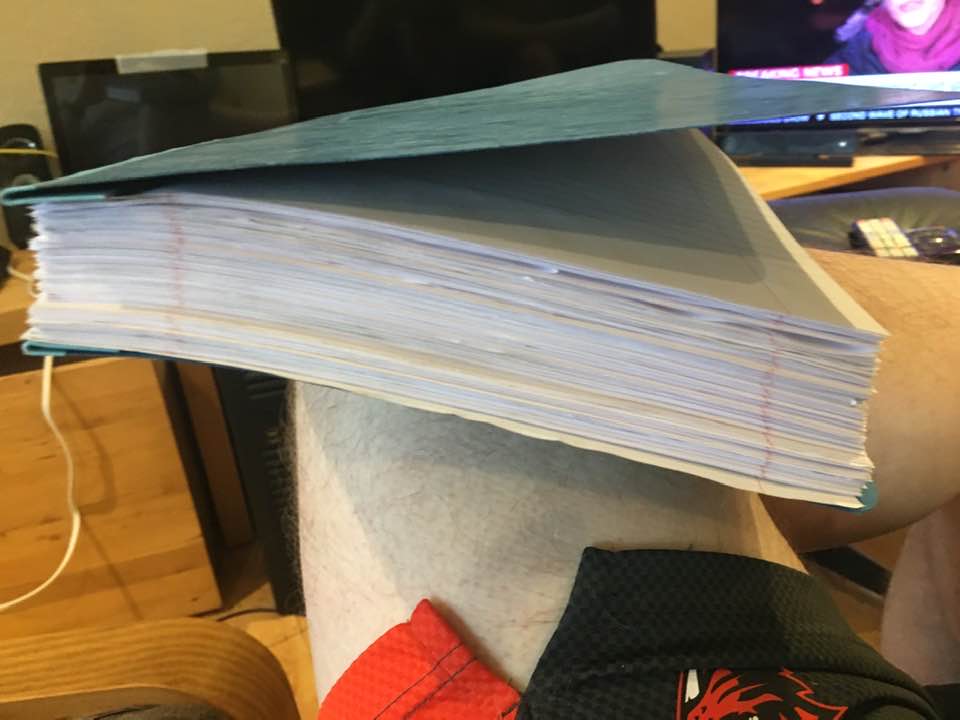I have a BS in chemical engineering. I averaged 96% over the 5 units of study. The material was mostly new to me. Although I had a high average, I only averaged so high because I took copious notes from the lecture notes, practice problems, and videos.
A BS in electrical engineering said in the discussion that this course is too hard for a first time learner. That was his opinion, and he made the comment after a section on imaginary concepts. It was new to me. I found it difficult, but I tend to, so far, do well with mathematics. Still, I took a total of 303 full pages of notes that I referenced often to solve the very difficult homework problems. I find note taking useful since there is no PDF textbook download. Also, it helps me remember the material.
I am an official Friend of MIT. I have been awarded an MIT Infinite Connection account by MIT after I completed numerous MITx courses and completed a MIT Digital Learning survey. Although I am not an alumnus, I can participate in the MIT Alumni Forums. I can also watch, as an example, videos from the MIT Alumni website. In one video about volunteering, the presenter joked about MIT students being used to taking copious notes. I find it useful as well.
As of March 06, 2022, the edx syllabus is not accurate. So, be prepared for a little change in the organization of course topics. I found the material increased in difficulty as the course progressed, with the exception of Unit 5 on nonlinear differential equations graphical methods.
Dr. Jennifer French, MIT Lecturer, agreed with the BS in electrical engineering that the course is hard, it has a lot of material, and it is the same as taught on MIT campus. I have read that 99% of MIT students have taken a MITx course. MIT is no joke. It is high quality material.
There are two homework styles. The mechanics are covered in homework A(s), and homework B(s) are often harder with more mathematics and physics.
I put in the suggested time for completion. I worked hard.
References:
[1] https://www.edx.org/course/introduction-to-differential-equations-2

